Wood has been widely used for handicrafts. From simple boxes to things to wooden signs for decorating environments. It is something that has become increasingly interesting and part of people's daily lives.
The cool thing is that, in addition to the possibility to buy ready-made, you can also make it yourself and paint the wood the way you want, giving that unique and personal touch.
In addition, if you have old furniture at home that you want to transform into something new, you can bet on painting to make this renovation.
Are you interested in learning how to paint wood? Check out our tips to help with this task:
How to paint wood: 6 preparation steps before you start
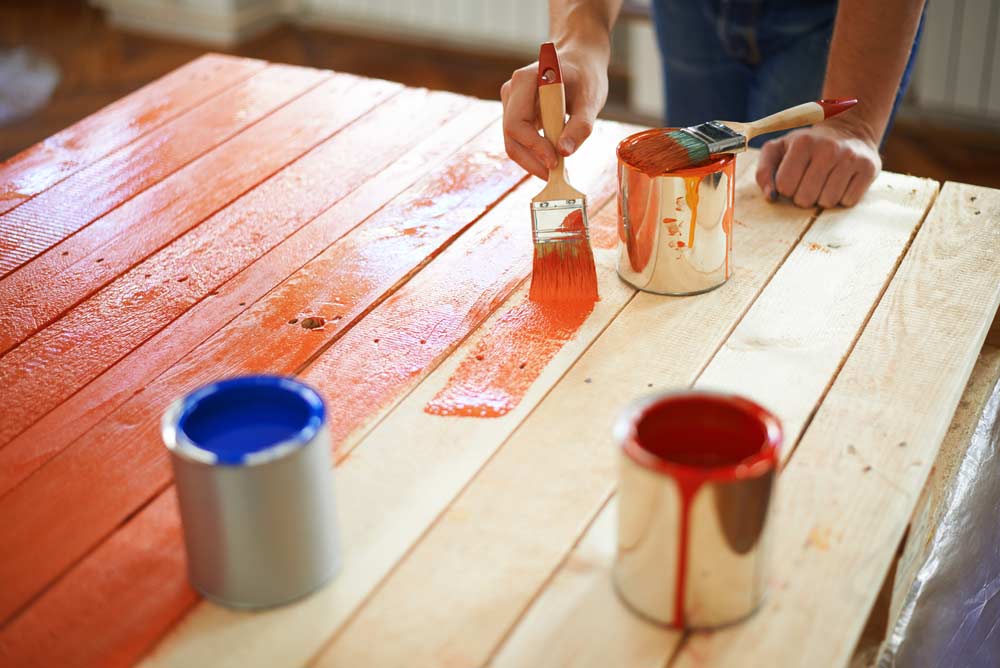
Before painting a piece of wood, it is necessary to prepare the furniture or object to receive the new painting. Mainly if it involves something old that you intend to reform.
For the preparation of the wood you must:
- Remove old paint. This step should be taken into account only when it involves a used piece of furniture or an object that has already been painted before.
- Put wood putty in cracks or other imperfections. This step is important to prevent this defect from becoming apparent after painting.
- Sand the wood. Start with a thicker sandpaper and finish with a finer sandpaper. The idea is to make the surface smooth and easier to paint.
- Wipe the wood with a damp cloth. It is also interesting to use a vacuum cleaner to remove any dust – or the rest of sanded wood – that may have stayed there.
- Protect the parts of the wood that you don't want to paint. For this you can use masking tape or adhesive tape.
- Apply the primer. It will help to make the painting easier and also make the paint stick more quickly to the wood. The primer can be latex and you can apply it with the help of a brush or spray.
Types of wood paint

There are three types of paint that are used for painting wood: latex paint, acrylic paint and lacquer nitrocellulose paint. Each of them has a different function, as you will see below:
1. Latex paint
Water-based, it is very common for paintings made at home, especially when the idea is to work with crafts. Can be applied with brushes or rollers. It is indicated for wooden objects that will stay away from moisture and direct sunlight.
2. Acrylic paint
Similar to latex paint, with the difference that it fixes the wood better and guarantees impermeability. It is a good choice for wooden furniture that will be outside the home or for very humid spaces, such as the bathroom or laundry.
Painting can be done with a roller, brush and even a spray gun.
3. Nitrocellulose lacquer paint
Nitrocellulose is the base of this paint that is easily fixed to wood and is quick-drying. It has more color options and can be presented as matte or glossy. It is not soluble in water and requires the use of protective equipment for painting.
It also requires that you have a suitable environment for painting and use the pistol and compressor indicated for the process.
Wood post-painting
After finishing the painting of the wood, you should take some precautions to ensure that the paint is well fixed and the final result is as expected.
When finished painting you can:
1. Apply sealant
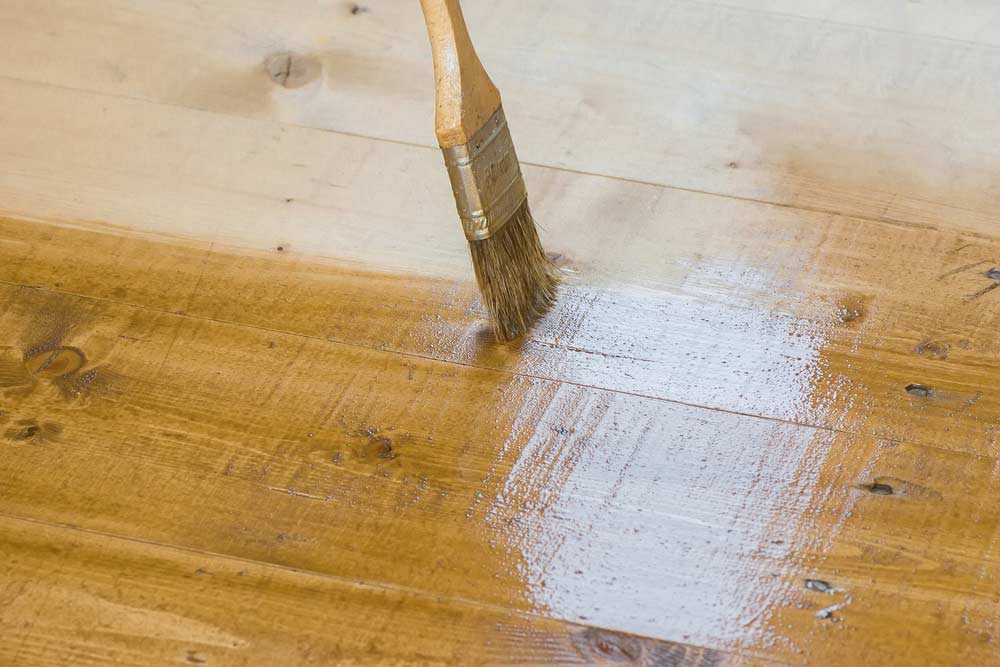
The idea here is to ensure that the wood exposed to the sun or outdoors will last longer and not lose the shine of the paint. However, you need to ask a salesperson if the sealant can be passed over the paint you have chosen.
Latex paints for example do not usually work with some sealants and you can end up ruining your painting.
It is worth mentioning that most paints today are more resistant and already have in their composition products that guarantee better fixation and duration. Then assess whether it is really necessary to apply the sealant.
On average, three coats of sealant are required to ensure a good fixation of the product. Either way, follow the manufacturer's recommendation.
2. Varnish application
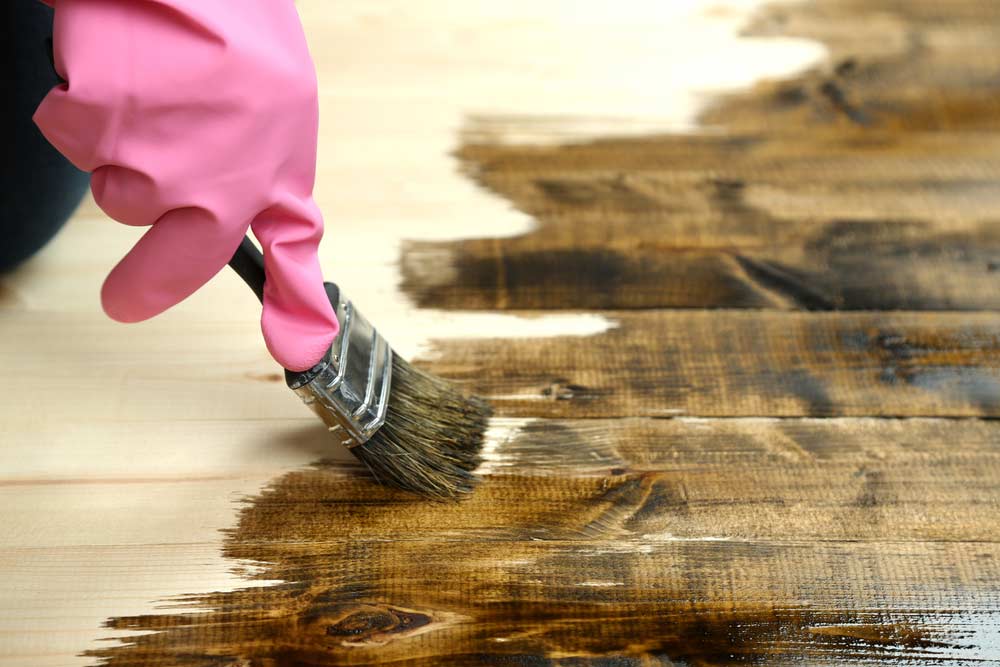
Varnish is also used to finish painting wood, usually with the aim of making the object or furniture shine.
Like the sealant, it also works as an extra protection. Before applying, check if the chosen paint goes well with varnish and if the application is really necessary.
If the goal is to shine, you can bet on glossy paints and not matte ones.
If you still want to apply the varnish, even after using a glossy paint, two coats are enough to make the wood beautiful and protected.
3. Sanding
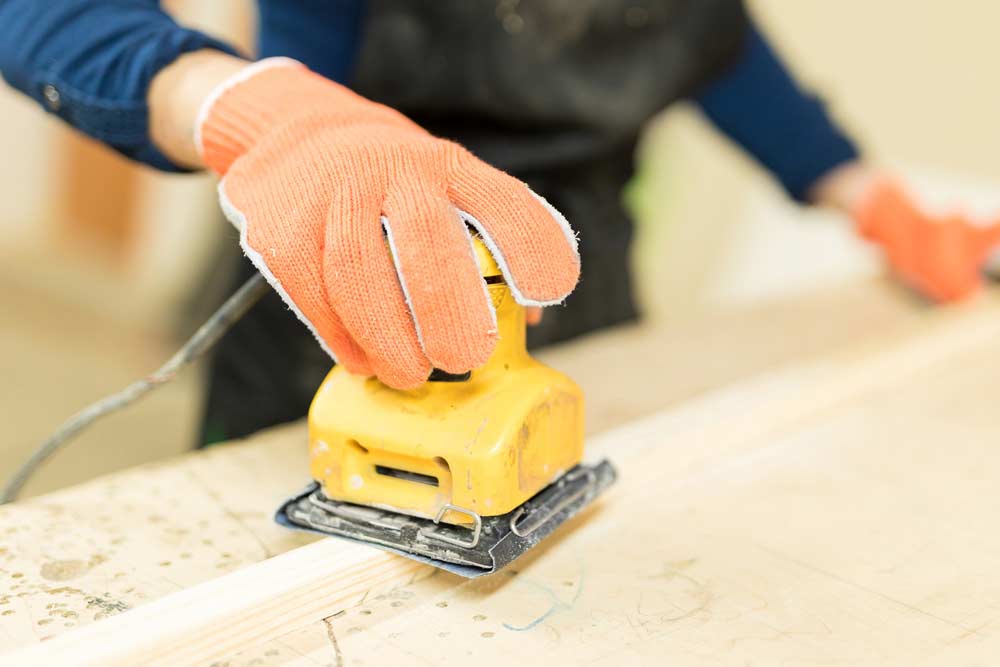
When you finish painting you can also sand the piece of wood again. This time bet on fine sandpaper and don't use too much force.
The idea is just to remove small irregularities and also prepare the wood to receive the sealant or varnish.
7 important recommendations on wood painting
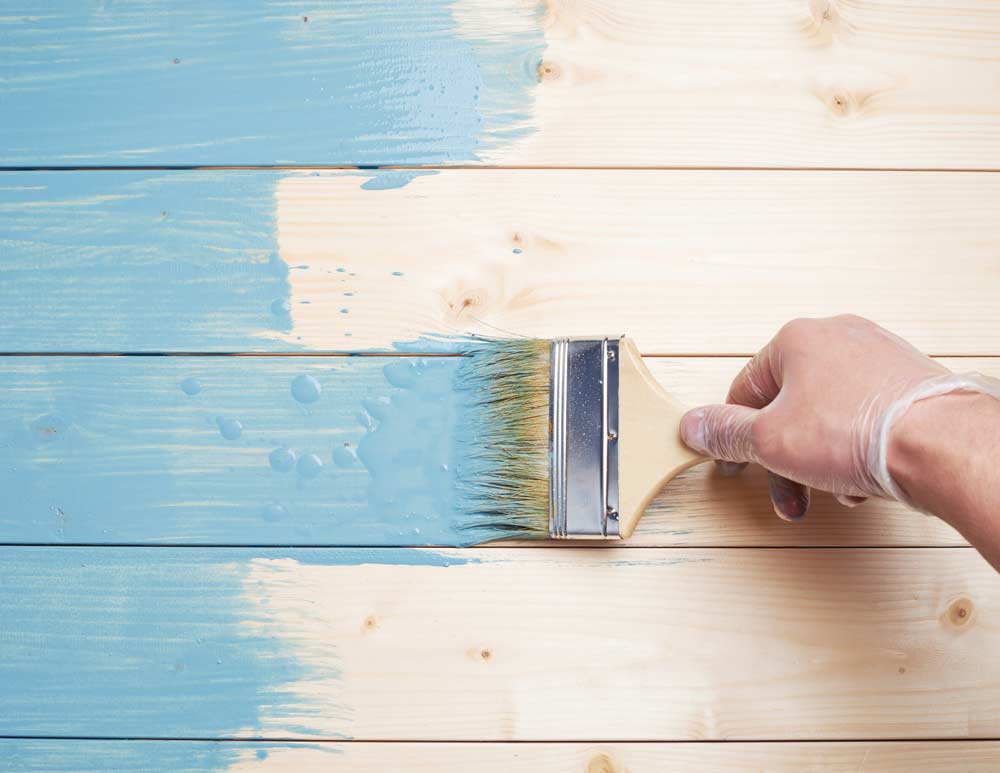
- Use soft brushes for painting on wood. Dry brushes should only be used to cover strokes.
- Paint rollers can only be used when using latex or acrylic paint. They are indicated for larger woods, to make the process faster.
- Wear a protective mask whenever you touch any paint. Even in those that are soluble in water. In this case it is possible to bet on simple masks.
- When using nitrocellulose lacquer paints wear protective clothing, have a space dedicated only for painting, bet on goggles and on the mask with carbon filter respirators. A paint booth is also required.
- Wear a mask even when scraping already painted wood. The old dye may contain toxic elements.
- In addition to the sandpaper you can bet on a rigid trowel to scrape old paint.
- If you need to apply wood paste, use a soft spatula to help with the process.
Now you know how to paint wood! Did you see how easy the process is and can even be done at home with the help of simple materials? Don't forget to show us how it turned out!



